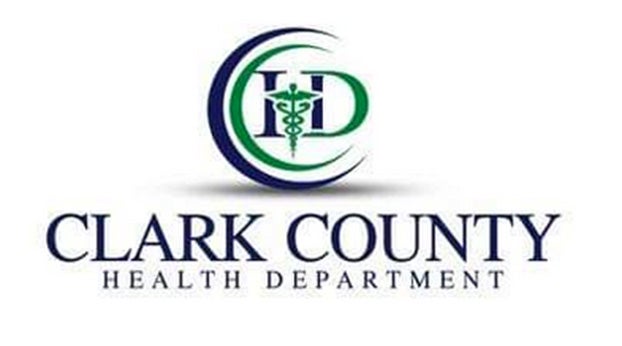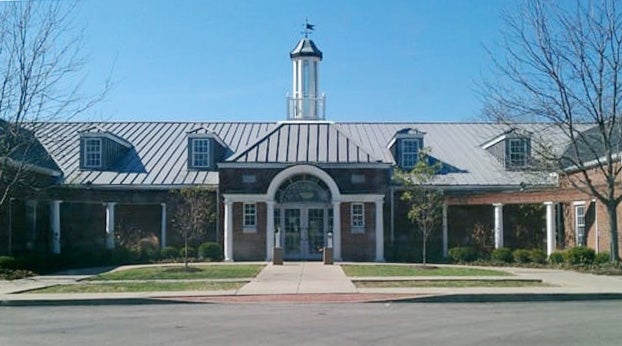Drive-in me crazy
Published 10:22 am Friday, June 16, 2017

- Rick Baldwin
Greetings, my fellow cinephiles of Winchester!
The summer is almost upon us. Soon we shall be embraced by her warm winds, sweet smells and seasonal sights and sounds at several outdoor events.
One we will not have is the delight of experiencing is a double feature under the stars at our local ghost town attraction, the Skyvue Twin Drive-In.
The first drive-in was conceived with an experiment of exhibiting outdoor movies in New Mexico in 1915, before the concept was perfected, patented and rolled out in Camden, New Jersey, during the 1930s.
The drive-in became a staple for the post-World War II family of the 1950s and early 1960s because of its reasonable ticket price for a car crammed with a ton of siblings and neighborhood kids. These kids could run amok in the playground, make new friends and frequent the concession booth a zillion times during two movies. The American drive-in was a unique place where memories were made such as a first kiss, tender family moments and the feeling of being part of something great as a local community came together at dusk for a night of B-movie, mainstream, western, family entertainment.
The 1970s saw the drive-in lose its wholesome image when it chose to play more double bills of low-budget horror and exploitation films. In order to attract the new younger liberal crowd, exhibitors opted to exclude Ozzie and Harriet (dad and mom) film fare from their screens to showcase films which would shock, entice and horrify their new demographic.
This younger audience was longing for an escape from the parent’s stale American Dream ideology, Vietnam, Watergate, the oil crisis, exposed lies by authority and the death of the hippie movement.
Growing up in the 1980s, I was lucky enough to experience my Bucks County Drive-In outside of Philadelphia for close to a decade before it faded black.
The 1980s saw many drive-ins close because of accessibility for movie-lovers to experience films with their new VCR and a selection of titles available through neighborhood “mom and pop” video stores. Movies could now be viewed in the privacy and comfort of a viewer’s living room, free of the occasional movie delay because of rain associated with a drive-in.
The 1990s and 2000s brought the death blow to most drive-ins being replaced by parking lots, gaudy shopping centers and flea markets.
The biggest threat to operational drive-ins today is the need to convert to the digital format. The conversion is costly, and many seasonal owners must call it quits because of high demand for the digital format in order to screen new films.
It was three years ago when I watched “Godzilla” at the Skyvue with my family. It thrilled me to share the fun, excitement and nostalgia of this special locale. That was the last film seen at the Skyvue.
Now, I drive by that special site and become sad at the sight of her overgrown grass, weather-worn frame and visible cracks from neglect. She needs to be saved and restored to her old, beautiful self.
I have only lived in Winchester for a few years, and I feel the Skyvue is a local landmark which must be protected. With much pride, we come together as a community for our Beer Cheese, protection of other historic sites and generously give to special causes throughout the year. Can we come together to save our Skyvue?
Yes, saving the Skyvue will take time, hard work and will come with a cost. No matter what the cost, no one can take or buy those fond memories you have from your time at the Skyvue when the sun went down and your night was illuminated by the projector light.
Think about it — save the Skyvue!
Rick Baldwin is a writer, filmmaker and film/music historian. He is president of the Winchester-Clark County Film Society (facebook.com/WCCfilmsociety). Find more from Rick on Facebook at facebook.com/ricksrhetoric/ and online at theintestinalfortitude.com/category/reviews-editorials/ricks-rhetoric. He is on Twitter @rickbaldwin79 and can be reached by email at rickbaldwiniii@hotmail.com.





